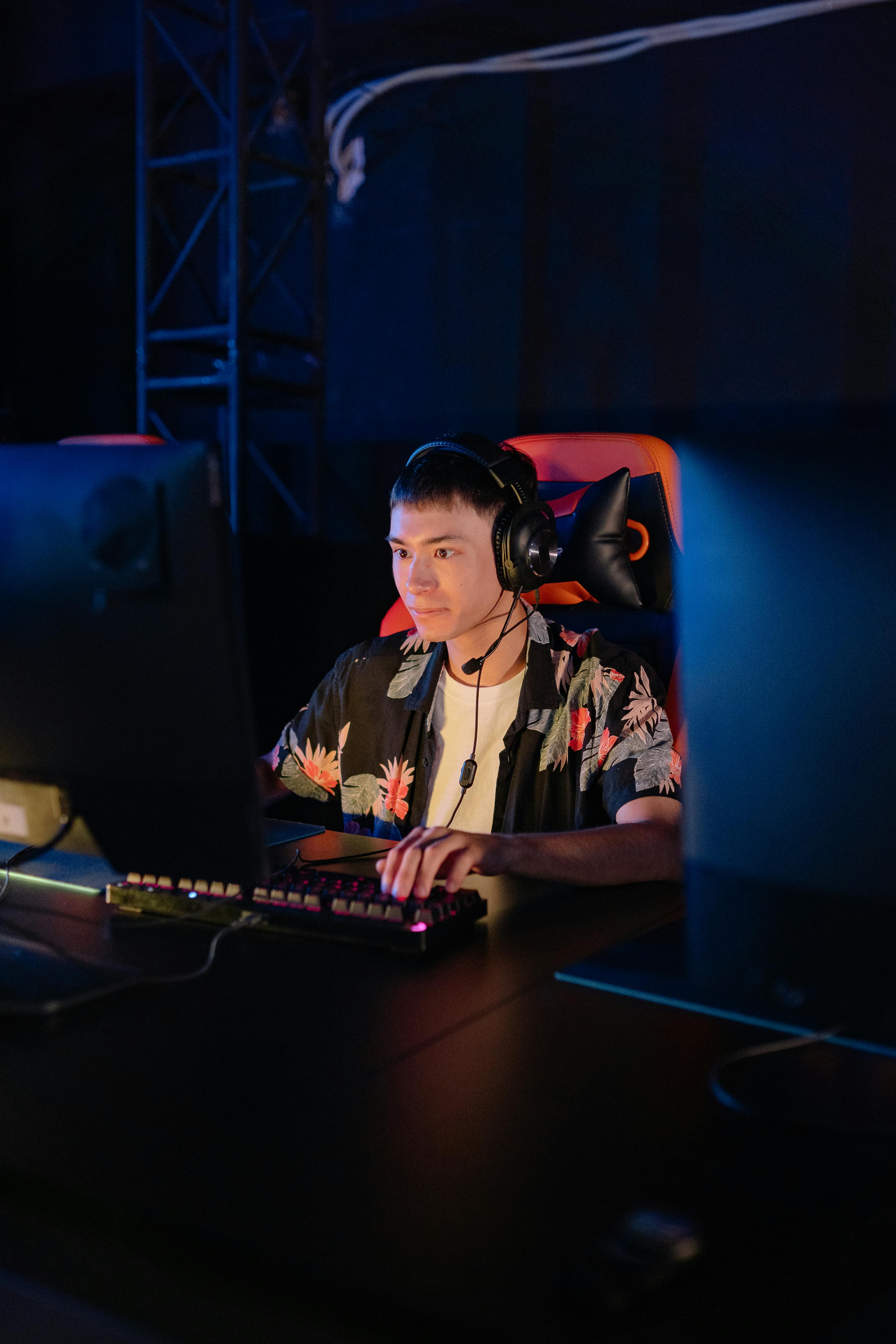Intersecting Worlds: Video Games and Modern Artistry
Introduction: In the ever-evolving landscape of arts and entertainment, the boundaries between different forms are blurring. One such intersection is the world of video games and modern artistry. This unexpected combination is creating a new form of artistic expression that is taking the industry by storm.

Background: The Birth of Video Game Art
Since their inception, video games have often been dismissed as a lower form of entertainment, lacking the sophistication and depth of traditional art forms. However, as the medium has evolved, so have the perceptions surrounding it. The rise of narrative-driven games, the incorporation of stunning visual effects, and the creation of immersive worlds have proven that video games can be just as artistically compelling as any film, painting, or play.
Current Developments: The New Canvas
The realm of video games has become an exciting new canvas for artists. Artists are utilizing game engines, 3D modeling, and digital animation to create interactive art installations, virtual galleries, and even entire games that prioritize artistic expression over traditional gameplay mechanics. Games like ‘Dear Esther’ and ‘Journey’ have been lauded for their stunning visual design and immersive storytelling, pushing the boundaries of what can be considered a video game and a work of art.
Impact and Significance: The Digital Art Revolution
The merging of video games and art has significant implications for both industries. For the art world, it opens up new avenues for creative expression and audience engagement. Simultaneously, it allows video games to transcend their traditional role as entertainment mediums and be recognized as legitimate forms of art. This digital art revolution is challenging existing norms and encouraging a broader appreciation of video games as a medium capable of conveying profound artistic and narrative experiences.
Reception: A Mixed Response
While many have welcomed this innovation, it has also faced resistance. Traditionalists argue that video games lack the depth and nuance of conventional art, while others fear that the incorporation of artistic elements could dilute the gaming experience. However, as the medium continues to evolve and mature, these criticisms are gradually being addressed, and the artistic merit of video games is increasingly being recognized.
Looking Ahead: The Future of Art and Gaming
The intersection of video games and modern artistry is still a relatively new phenomenon, and its future trajectory is uncertain. However, the early signs are promising. As technology continues to advance, and as artists and game developers continue to push the boundaries of what is possible, the potential for this hybrid form of artistic expression is immense. Only time will tell how far this exciting new frontier in the arts and entertainment industry will go.
In conclusion, the convergence of video games and modern artistry has started a digital art revolution that is redefining the boundaries of both fields. As this innovative trend continues to evolve, it promises to bring a fresh, unique perspective to the arts and entertainment industry. Through a combination of technological advancement and creative ingenuity, video games are transitioning from mere recreational pastimes to powerful platforms for artistic expression. This shift not only challenges the traditional definitions of art but also opens up exciting new possibilities for artists and audiences alike.




